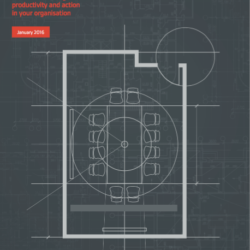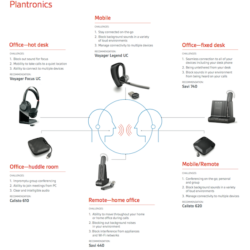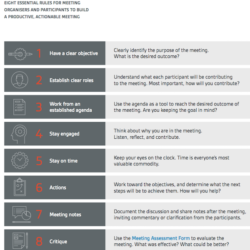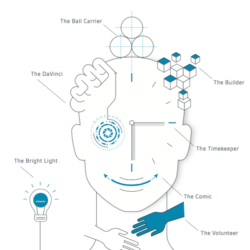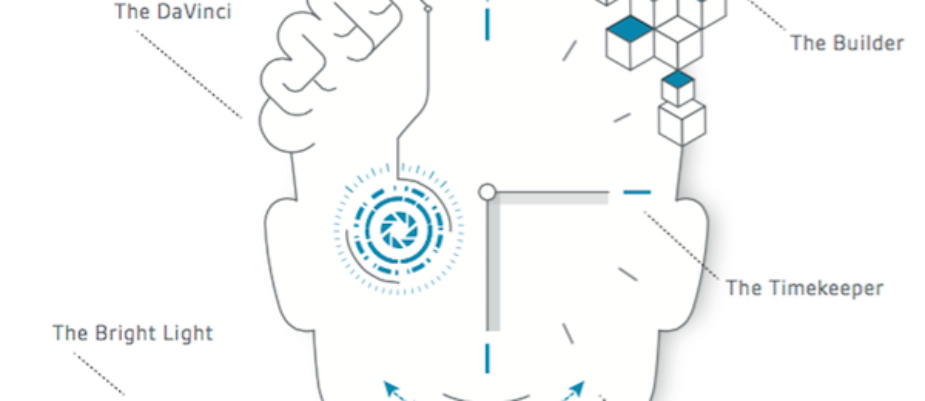
Collaboration made possible by mobile and cloud technologies means you never have to miss a meeting. It’s all about working smarter, from wherever you happen to be. Now it’s time to build a better meeting. That’s why Plantronics released the free e-book “Better Meeting Blueprint”: how to build smarter communications with practical advice on how to make every meeting productive. A great guide for business decision makers and IT professionals.
We live in the “Communication Era” and everyone need to be able to communicate anywhere and anytime with anyone. But meetings can provoke trouble and frustration, as the e-book “Better Meeting Bluprint” demonstrates.
It was derived from a global research pooling more than 1000 full time employees from large companies (over 1000 staff members).The results show that meetings can be a source of stress, discomfort and frustration for employees.
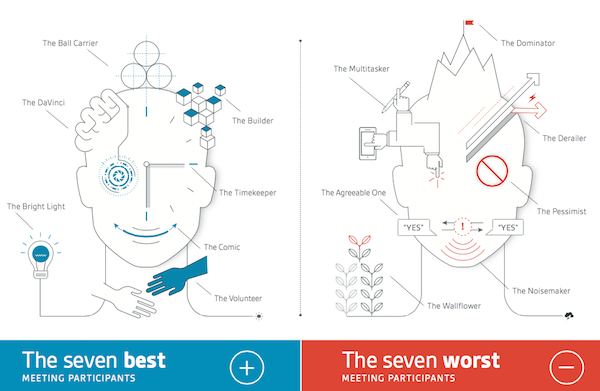
Different issues have been described.
Meeting Overload: over half of respondents spend 5 – 10 hours in meetings per week and nearly half (46%) felt that they spent too much time in meetings.
Technical Problems for remote participants: 42.5% of meetings have a remote participant present in most meetings and technical issues such as dial in doesn’t work, network issues and taking too long to join/dial in were common frustrations.
Attention Issues: Multitasking whilst on conference calls are common place with 67.2% either emailing or working on other projects.
Background Noise: is challenging on conference calls with 52% moving to a private room to concentrate the majority of the time. 56% heard side conversations whilst on a conference call.
Philip Vanhoutte, Plantronics E and A Senior VP and Managing Director, quotes “Our research revealed some interesting findings when people are dialing into meetings, there is a lot of frustration with technical problems, background noise and attention issues.Plantronics technology enables better meetings, regardless of where the participants are and the free E-book is a great guide for business decision makers and IT professionals.”
The four chapters in the book cover the following areas:
The business of meetings: the economics that drive better meetings;
The people in meetings: the human dynamics that drive successful meetings;
The technology of meetings: the tools that drive communication, collaboration and productivity;
Next Steps and resources: tactics and tools that can help create a culture of better meetings.

